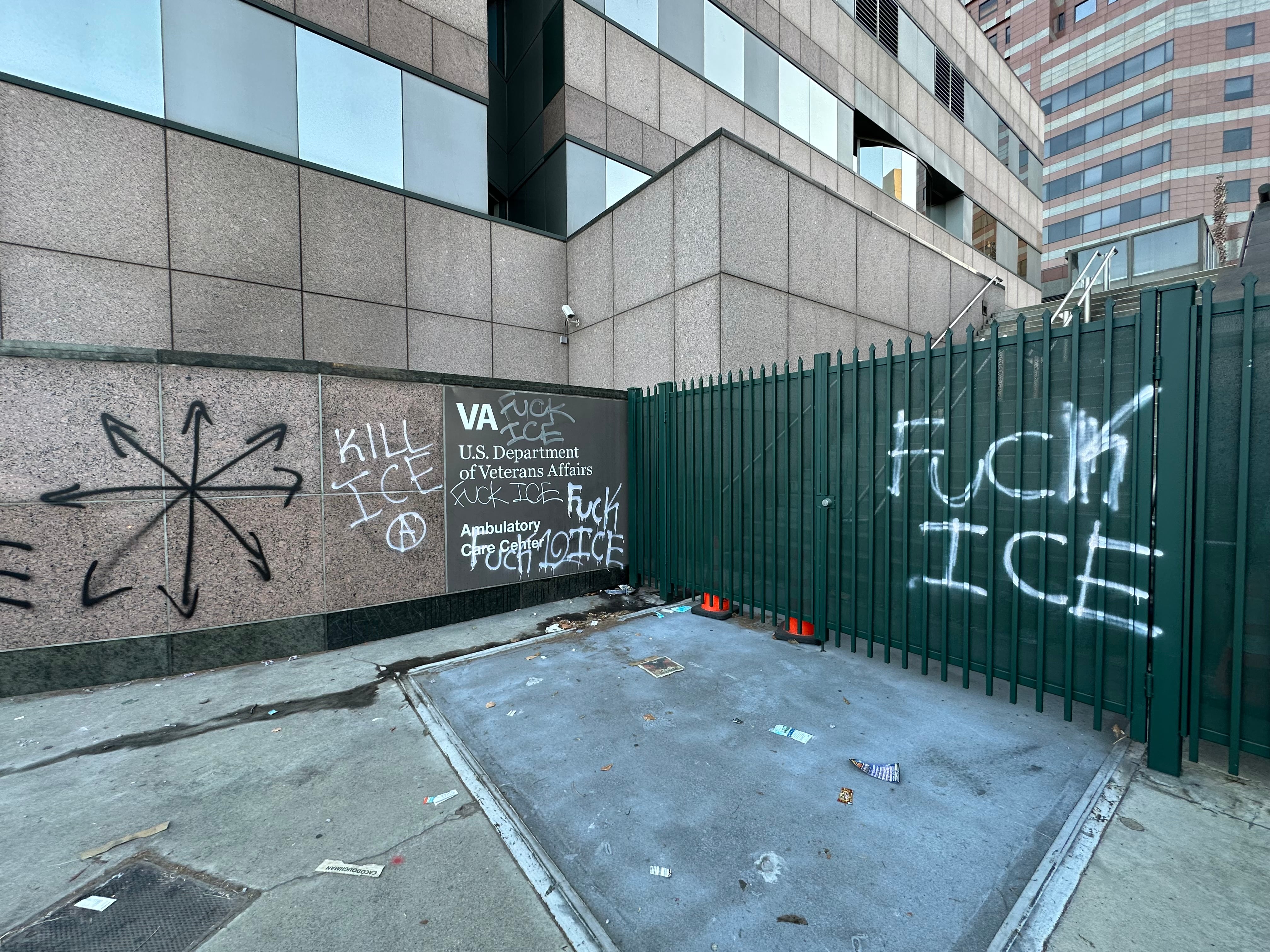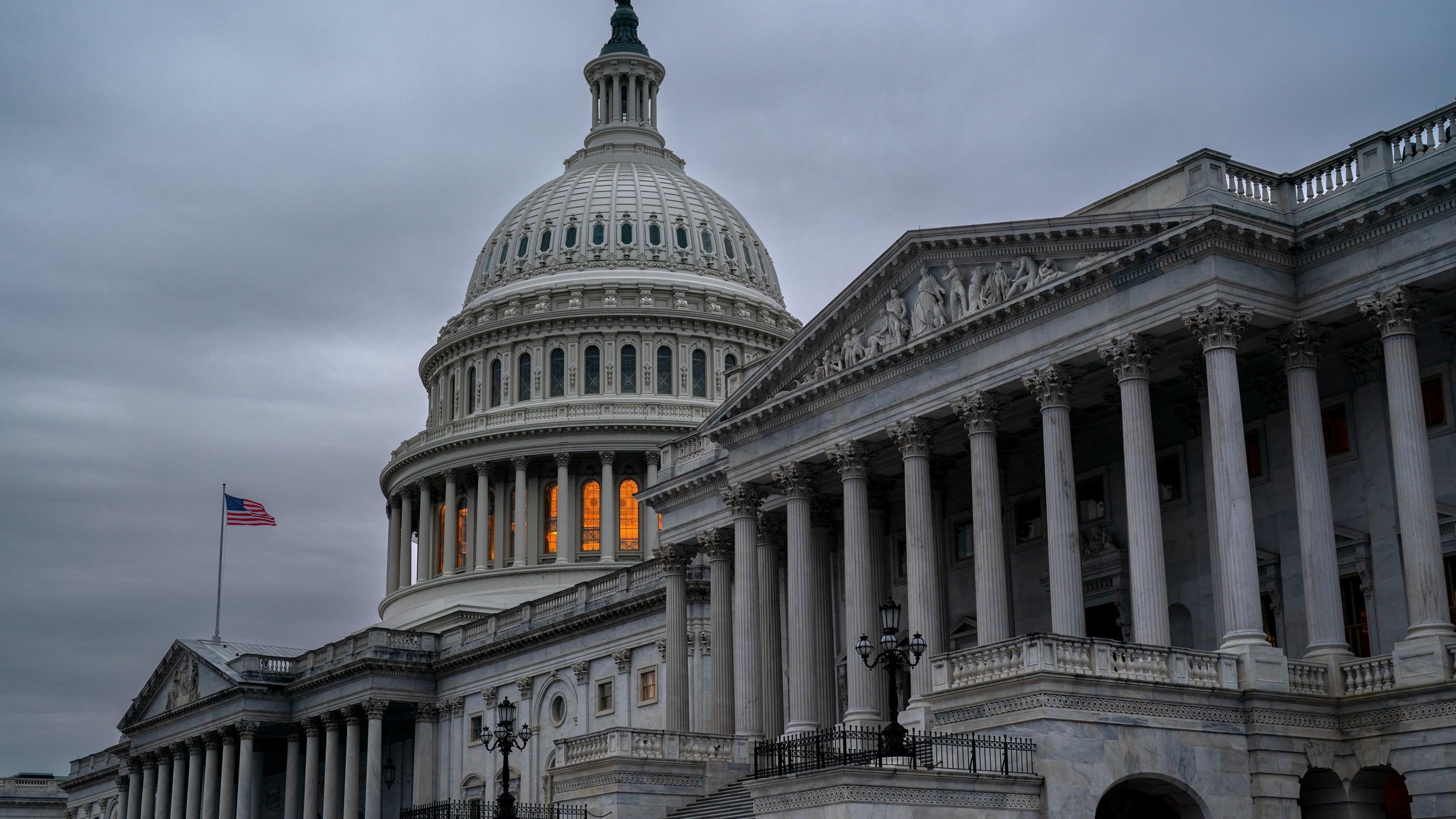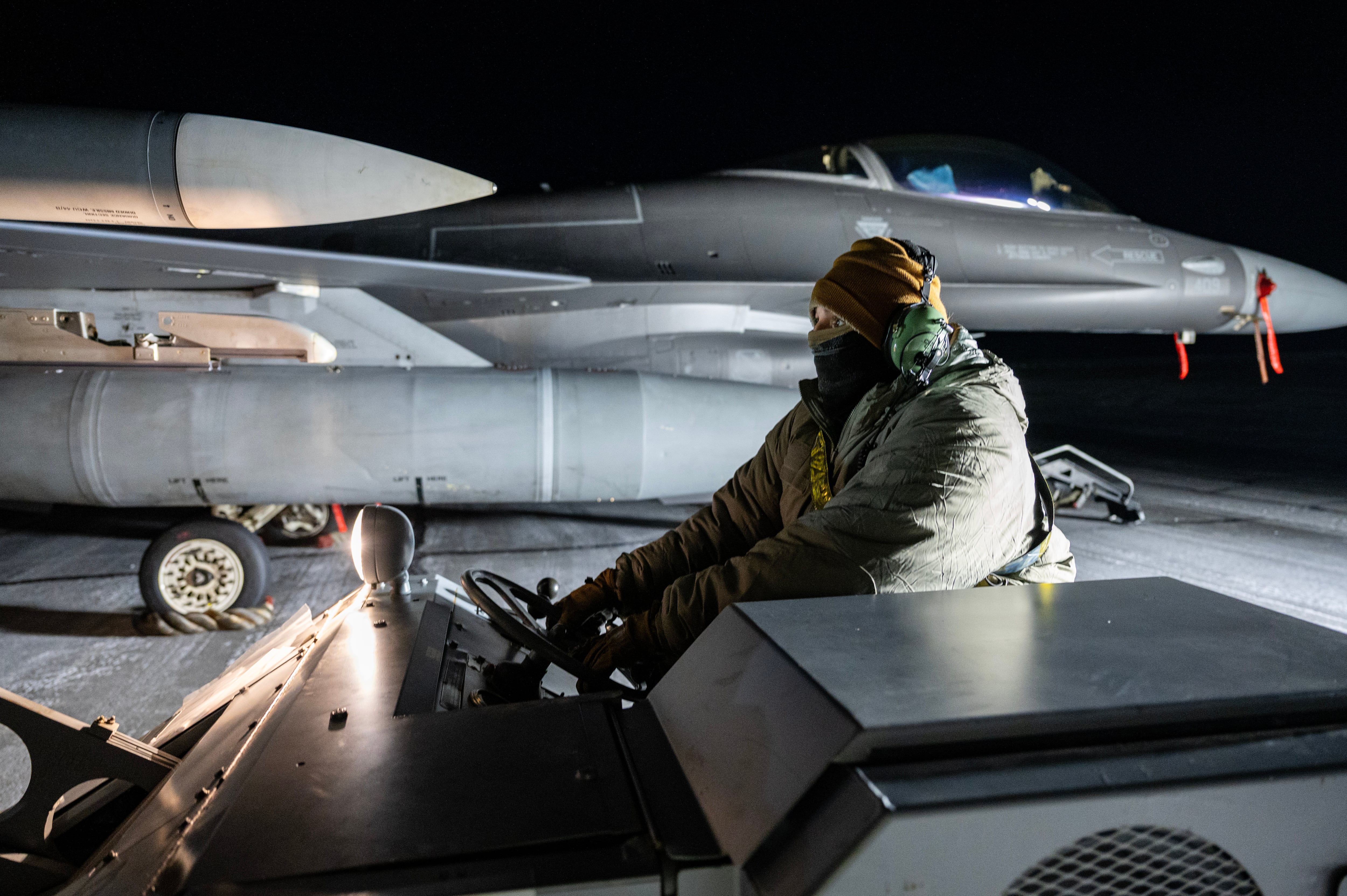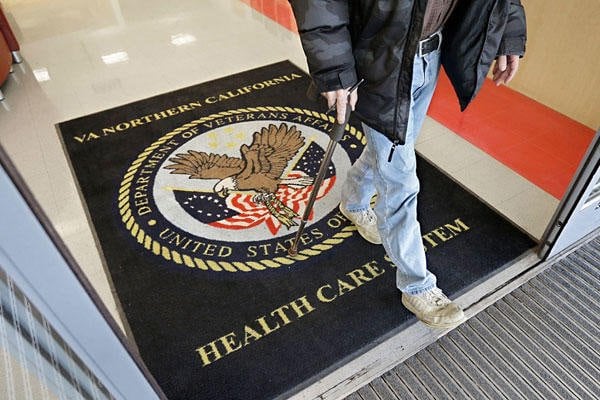STUTTGART, Germany — NATO members plan to approve additional support for Ukraine in that country’s defense against Russia’s invasion, including equipment to counter a potential chemical or biological attack.
The support is crucial to protect the alliance’s own member nations, who would also suffer from contamination if Russia used a chemical, biological, radiological or nuclear (CBRN) weapon against Ukraine, Secretary-General Jens Stoltenberg said Wednesday from Brussels, during a televised press conference.
“Any use of chemical weapons would totally change the nature of the conflict, and would be a blatant violation of international law and have far-reaching consequences,” Stoltenberg said. “I think that’s the most important message to convey, that any use of chemical weapons is unacceptable.”
Stoltenberg did not immediately provide details on what the CBRN support would include, saying it will be one of several discussion points during Thursday’s planned summit with leaders of the 30 member nations. Ukrainian President Volodymyr Zelenskyy will virtually address the NATO leaders during the summit in a closed session.
Members are expected to approve new cybersecurity assistance for Ukraine, plus additional support for non-NATO members Georgia and Bosnia and Herzegovina. The role of China in the Ukrainian conflict will also be discussed.
“Allies are concerned that China could provide material support for the Russian invasion,” Stoltenberg said.
Meanwhile, member nations have deployed four new NATO battle groups in Bulgaria, Romania, Slovakia and Hungary, effectively doubling the number of groups positioned along the alliance’s eastern border. France has offered to lead the group in Romania, while the Czech Republic will lead the additional troops in Slovakia. Bulgaria and Hungary will lead the battlegroups in their respective countries, a NATO spokesperson told Defense News.
NATO has existing battle groups stationed in Estonia, Lithuania, Latvia, and Poland, and together the eight battle groups will span NATO’s borders from the Baltic to the Black Sea, Stoltenberg said. There are now hundreds of thousands of NATO troops at high readiness alert across the alliance, to include 100,000 U.S. forces across Europe, and 40,000 forces directly under NATO command mostly in the eastern part of the alliance, he added.
Those battle groups will be in place “as long as is necessary,” and NATO is now deliberating how to position its troops for the long term.
“This invasion … will have long-term consequences for our security,” Stoltenberg said. “It’s a new normal for our security, and NATO has to respond to that new reality.”
Julianne Smith, the U.S. ambassador to NATO, said military advisers would present options in the next months for fresh troop commitments in the eastern alliance countries. That’s because the 1997 NATO-Russia Founding Act, which limits such deployments, is effectively out the window following Moscow’s war on Ukraine, she said.
“Russia is in clear violation” of the pact, Smith said Wednesday during remarks at an event sponsored by the Atlantic Council think tank.
Before making final troop-level recommendations, NATO analysts must take into account how the Ukraine war will develop, and how many forces Russia intends to leave in Belarus, she added.
Smith dampened expectations about a Polish proposal, to be discussed this week, for a NATO peace mission in Ukraine. While the idea is “not dead in the water,” she said it poses many “open questions” and would ultimately run up against a pledge by U.S. President Joe Biden and other alliance leaders to refrain from sending troops to Ukraine.
Sebastian Sprenger in Washington contributed to this report.
Vivienne Machi is a reporter based in Stuttgart, Germany, contributing to Defense News' European coverage. She previously reported for National Defense Magazine, Defense Daily, Via Satellite, Foreign Policy and the Dayton Daily News. She was named the Defence Media Awards' best young defense journalist in 2020.





